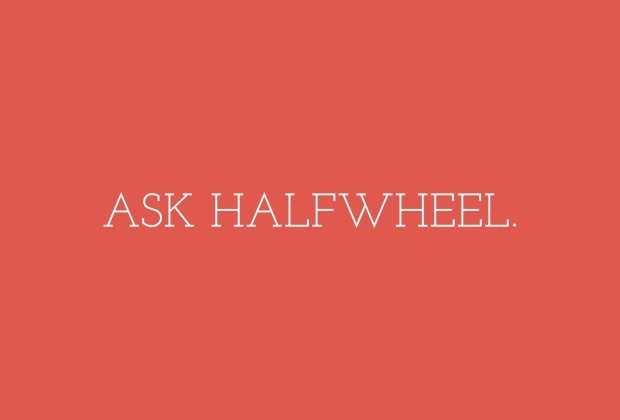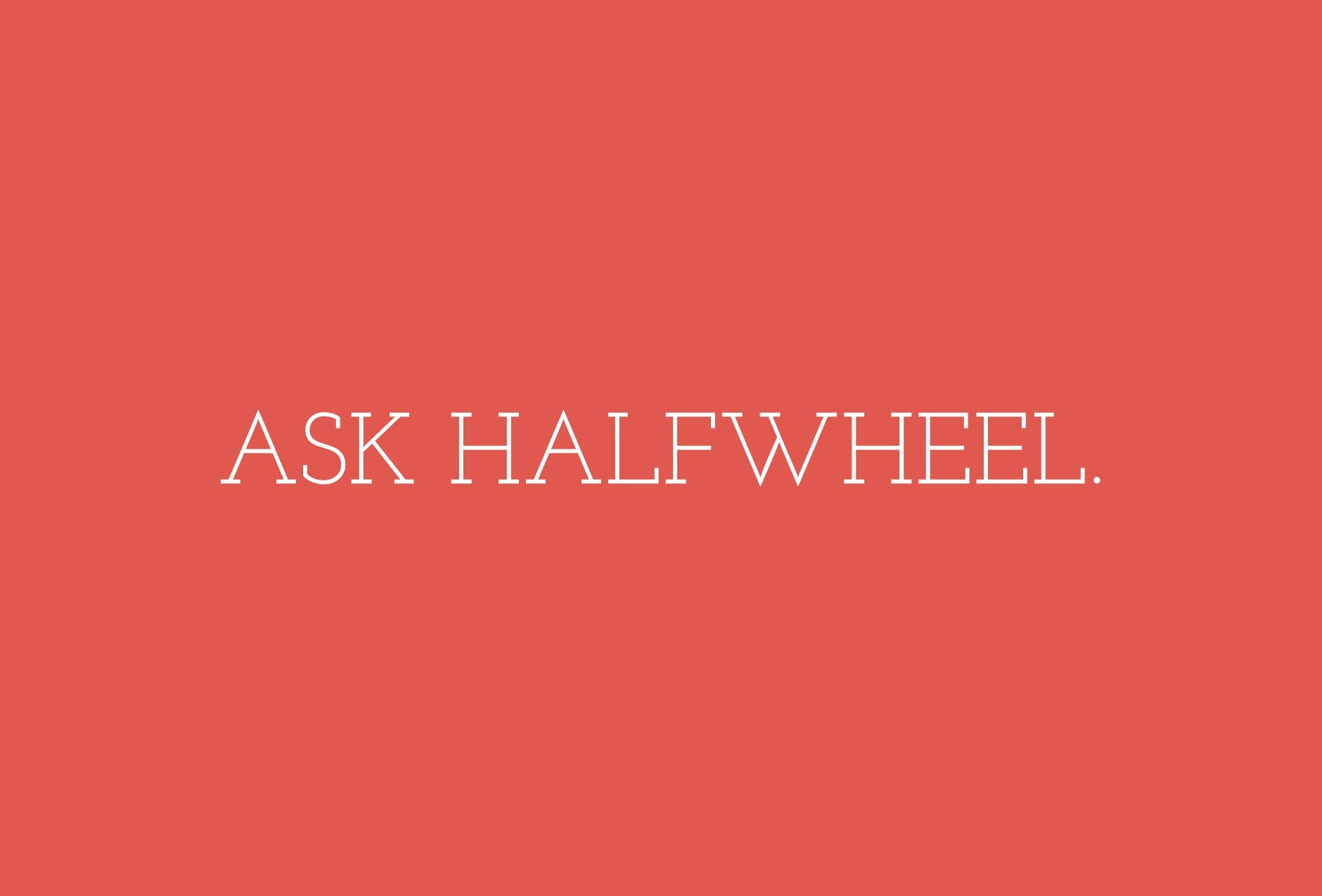It’s Friday and it’s time for another slightly belated edition of Ask halfwheel, our weekly segment where we answer a question from readers.
Today’s question comes from David:
How exactly does the wrapper to filler ratio work? I feel like I know quite a bit about cigars, but have a hard time articulating why smaller ring guage cigars tend to have more flavor. Or even why exactly the wrapper is contributing more to the profile. It seems like it would be proportional, as you use more filler you still will need more wrapper. I’m confusing myself writing this.
The truth is, it doesn’t really work, or at least I don’t think it does.
I’ve read and been told countless times over the years that smaller ring gauge cigars have “more flavor.” That statement, along with ones like “the wrapper is 70 percent of the flavor” are simply not true.
The debate within the industry about this seems to be all over the place. Patrick tells me in Cuba, you’ll be told that the wrapper is primarily decorative and doesn’t contribute much in the way of flavor. Meanwhile, in the U.S., I hear cigar manufacturers routinely using descriptors ranging from “key part of the flavor” to numbers as high as 90 percent.
Let’s first acknowledge that every hand-rolled cigar is different. It’s a unique mixture of tobaccos, rolled by hand and as such, even if someone tried, you can’t make two cigars exactly the same. Along with those variables, you have to consider others like how tightly the cigar was rolled, the time from when a cigar was rolled until when you light it up, storage conditions, etc.
Second, it should be acknowledged that we are discussing the differences found in the same blend. Obviously not every small ring gauge cigar is going to have the same flavor intensity, hence why I get frustrated with the aforementioned proclamations from others.
In theory, the smaller ring gauge cigars will allow for the wrapper and binder to be more prevalent than a larger ring gauge. This is a simple math equation due to the ratio of wrapper and binder tobacco to that of filler tobacco. As cigars get larger in ring gauge the amount of filler tobacco increases at a higher rate than the amount of tobacco used in the binder and wrapper; the filler adds to the girth and volume of a cigar, while the binder and wrapper simply cover it and add to the surface area. Adding an extra leaf of tobacco to the filler only requires a slightly longer wrapper and binder.[ref]There’s furthermore differences between thin and thick wrappers and binders where the physical amount of wrapper or binder in volume can vary substantially.[/ref]
The problem is that even within the same lines of cigars, blends are rarely kept mathematically proportional. Cigar makers have realized that tweaks oftentimes need to be made from size to size to help the cigar burn and taste better. As such, while most lines use the same basic types of tobacco for the different vitolas, a manufacturer might choose to tweak the amount of filler tobaccos by adding an extra quarter leaf of seco to one size to help with the burn, or using viso criollo 98 instead of seco criollo 98 to add a bit more body to another vitola.
Where my real issue comes from with the “lanceros have more flavor” argument is the fact that it’s entirely dependent on the blend. There’s no question that smaller ring gauges—in theory—should allow the wrapper to be more prevalent and contribute more to what you taste and smell than their larger ring gauge counterparts assuming everything else is equal. However, if the filler is made up of substantially more flavorful tobaccos than the wrapper, the smaller ring gauge won’t necessarily make the wrapper suddenly that much more of a factor.
For example, if you have a blend with Indonesian seco wrapper, Indonesian seco binder and all Nicaraguan ligero and viso fillers, it’s highly unlikely the smaller ring gauge cigar will get more of its flavor from the wrapper than a larger ring gauge would. The issue here is that in general, Indonesian tobaccos are fairly mild, or neutral, in taste; whereas Nicaraguan tobacco, particularly higher primings, is generally stronger, so much so that they will dominate the blend regardless of the size. Conversely, if you have a blend of Connecticut broadleaf wrapper and binder with Dominican volado fillers—it may not matter which size you are smoking because it’s probably going to taste like a lot of broadleaf.[ref]That was sort of a joke.[/ref]
As an aside, with a smaller ring gauge cigar like a lancero, burn becomes a big concern. A manufacturer needs to create a cigar that draws well, but also has to be concerned with making sure the cigar can stay lit without having it turn too hot. As such, placing heavier tobaccos like ligero—which generally will not burn as well as tobaccos from the lower parts of the plant—becomes more challenging. This is why, amongst some other reasons, there aren’t a ton of full strength lanceros on the market. Bigger ring gauge cigars also allow for more room for the heat to dissipate, which results in a cooler and more palate-pleasing smoke in many cases.
One last thing that gets lost in the over generalizations is the binder. People choose wrappers for all sorts of reasons, but it’s not the case that every wrapper is chosen because of how great the flavor is. Sometimes, people choose the wrapper because of how neutral it will taste and then the binder oftentimes because a key component flavor-wise. While not identical, the same sort of mathematical ratio roughly applies to the binder as it does to the wrapper.
Neither Patrick nor I could think of a company that specifically markets a line of cigars where the filler ratios are identical regardless of size, which would be the best way to see this in action barring going to a factory and asking them to roll you a lancero and a 6 x 60 with the exact same filler ratio. Chances are if you did ask them to do that, you would probably get some resistance as they tried to explain to you that you probably don’t want both cigars to have the exact same filler blend.
If you’d like to have your question answered by the halfwheel staff, submit it here. Patrick Lagreid contributed to this article as well.


